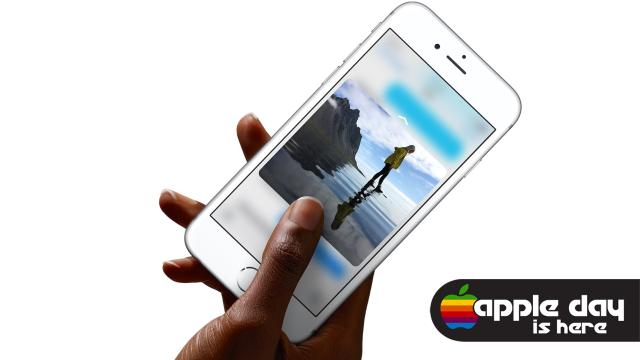It’s official: The new iPhone 6s will have force feedback. But the new feature, called 3D Touch, won’t be quite like any other haptic feature Apple has used before.
While a few Apple products and competing smartphones have featured forms of force feedback before, make no mistake: Apple throwing the weight of the iPhone behind this emerging form of interaction is a big deal. It’s “unlike any experience you’ve ever seen in an iPhone,” said Schiller, also calling it “profound and new.”
So what, exactly, does that mean?
What You’ll See and Feel
Here’s what we know about this new feature from the user’s perspective. 3D Touch adds two new distinct levels of interaction to your fingers. There’s a “peek” and a “pop,” each of which will activate discrete modes of functionality. The peek is the one you’ll probably use the most. It opens up a preview-style window into whatever you’re touching, be it a link to a website or a map. Pop lets you actually go to that content. Together, the idea is to make the way you interact with your phone far simpler and far faster, cutting away excess taps.
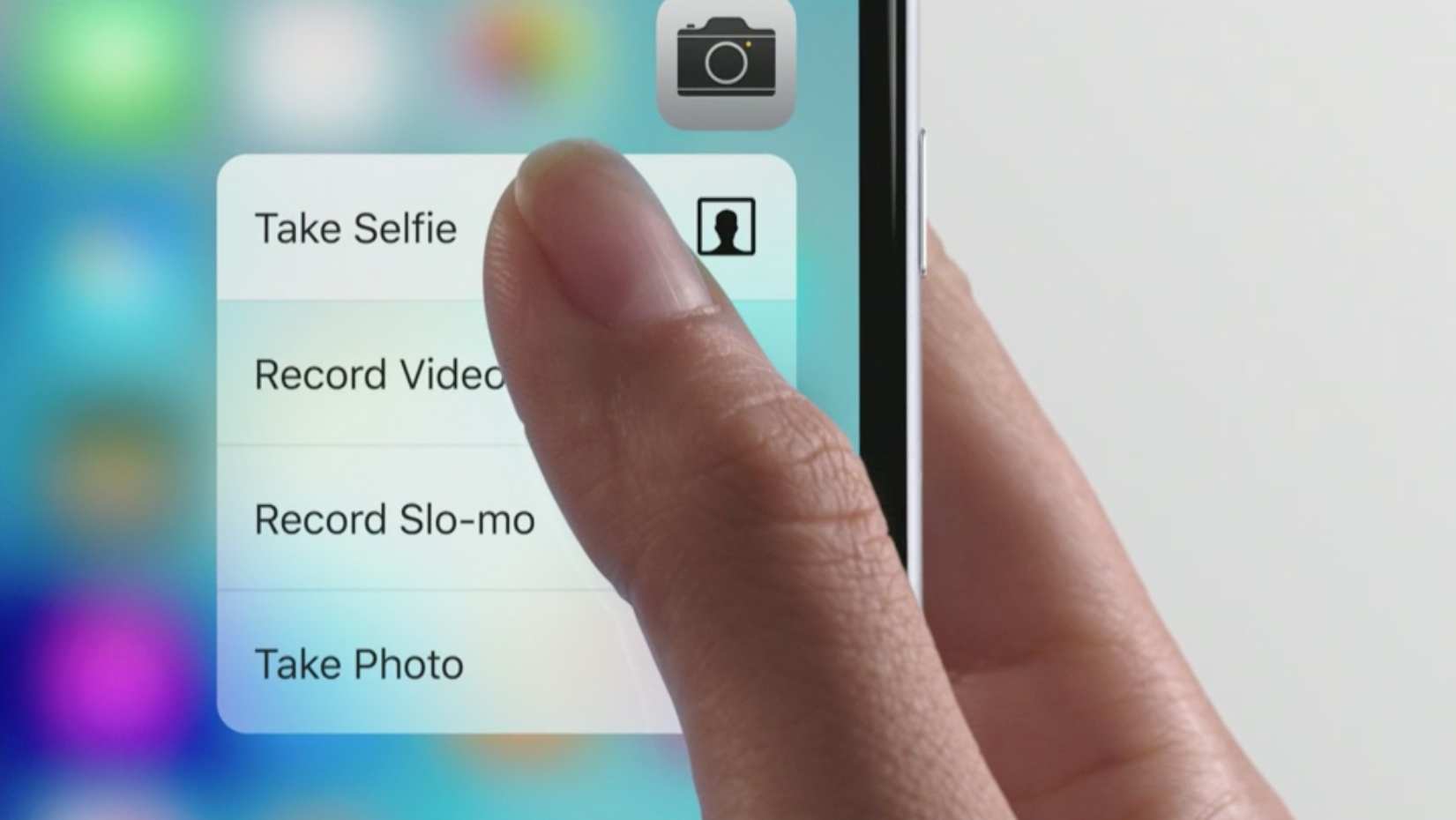
The first use case Craig Federighi gave us was the email inbox. You can “peek” at an email to see the content, but if you press deeper — a “pop” — to really open it. Peek will also open up content like Safari pages and flight information, right within the “peek.”

Another example: Within Maps, you can use peeks and pops to drop pins, grab directions, and other direct routes to functionality within the app.
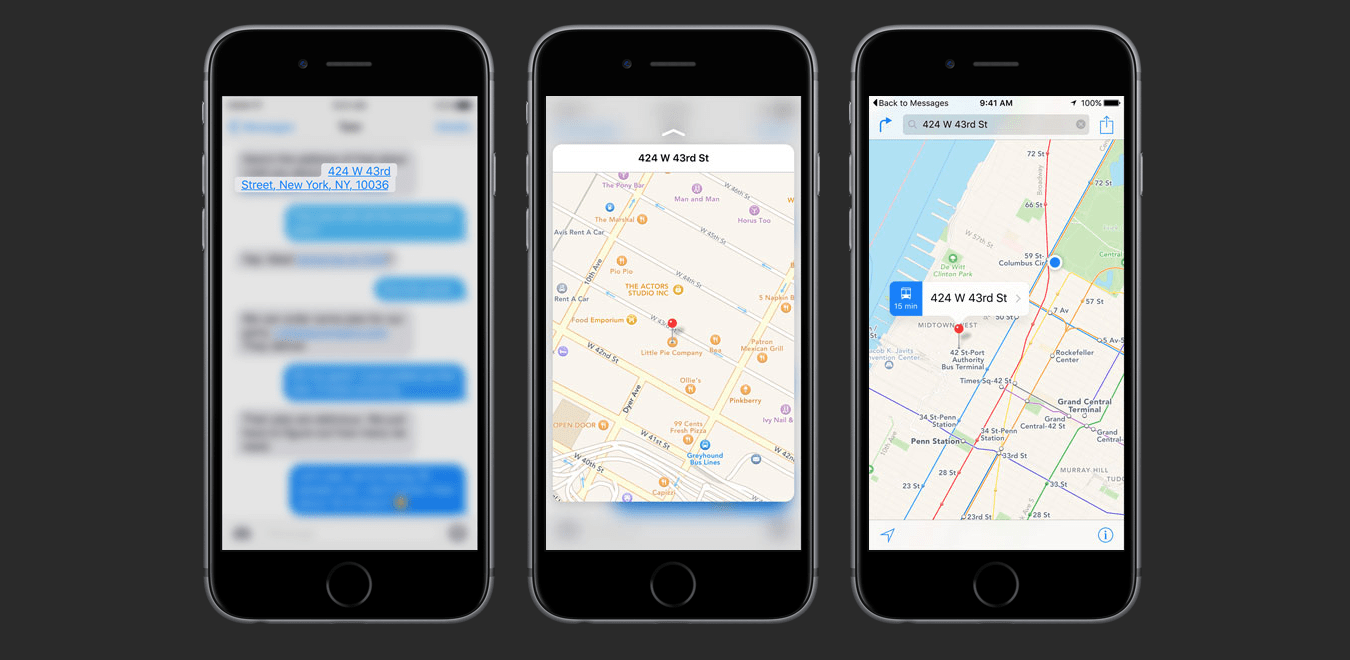
Third party app developers will be able to leverage 3D Touch too. Instagram, one example onstage today, lets you “peek” at a photo in your Explore tab without fully opening them, or pop into the full post. Each of these interactions will be accompanied by haptic feedback — little vibrations that let you know what you’re doing on the screen.
What’s Inside
Having secondary and tertiary forms of touch on such a small screen is a risk — it could easily confuse some users, and if it isn’t consistent, it could be a massive headache for everyone. That’s why the hardware matters so much.
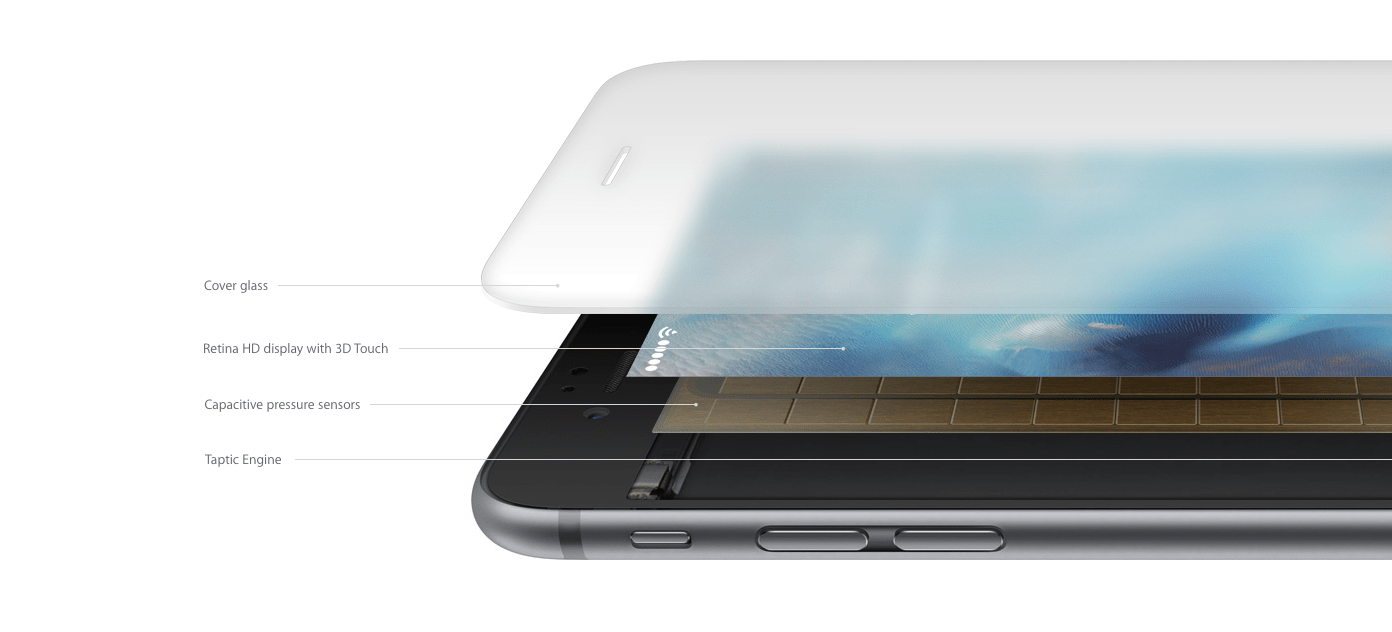
First the glass screen, which like all screens, bends and deforms on a microscopic level when you tap it. According to Jony Ive, the system interprets the force of your fingers by measuring the distance between the glass and the phone’s backlight, using a layer of capacitive sensors that are embedded against the backlight of the phone itself. When you press the screen, the super-sensitive capacitors can actually measure the “microscopic” change in distance between the glass and the backlight.
So 3D Touch is basically just measuring how much your taps (whether hard, enraged, my-flight-just-got-cancelled taps or calm, slight, I-just-woke-up-and-am-browsing-Instagram taps) are displacing your phone’s screen.
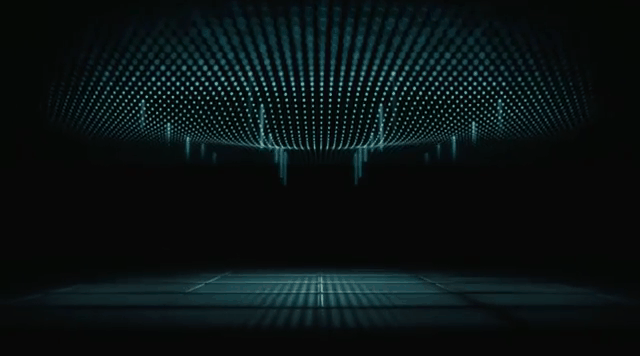
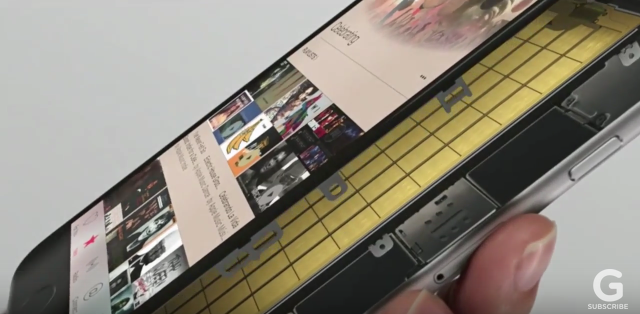
Now for the hardware that provides the feedback.
Those buzzes come from an embedded haptic actuator — or as Apple has rebranded it, the “Taptic Engine” — which is similar to the one that provides vibrations in the Apple Watch. This is essentially just a linear actuator, which creates a single buzz with each firing, but this one is very, very fine-grained. Ive says that it only requires a single oscillation to reach full power, compared to the ten oscillations that your current phone probably needs to produce a vibration.
Translation: This engine can provide force feedback very, very quickly — and stop it just as fast.
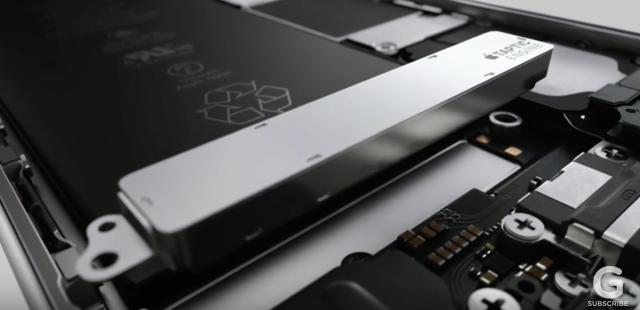
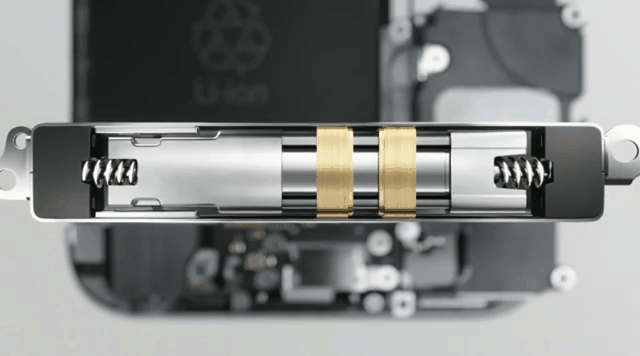
Together, both of those hardware features are meant to create a more deft form of user interaction using haptic feedback. When you peek, your finger will get a response buzz of 10 milliseconds. A longer look will gain you 15 millisecond buzz. Presumably, over time, those haptic responses will get more varied and diverse. Theoretically, a finer actuator could be programmed to provide customised and detailed responses — likewise, we may see the capacitor layer of the 6s get more sensitive and provide even more new levels of touch interaction.
And that’s why Apple using haptic feedback matters: More than anything else, this company is a heavyweight of hardware design. The smallest details of these new nuts and bolts inside your device, which you’ll never actually see, have been refined and refined again in a way that most companies can’t afford. Those tiny hardware details matter. Apple wasn’t first with haptic, but with its hardware and manufacturing expertise, it’s trying to be the best.
